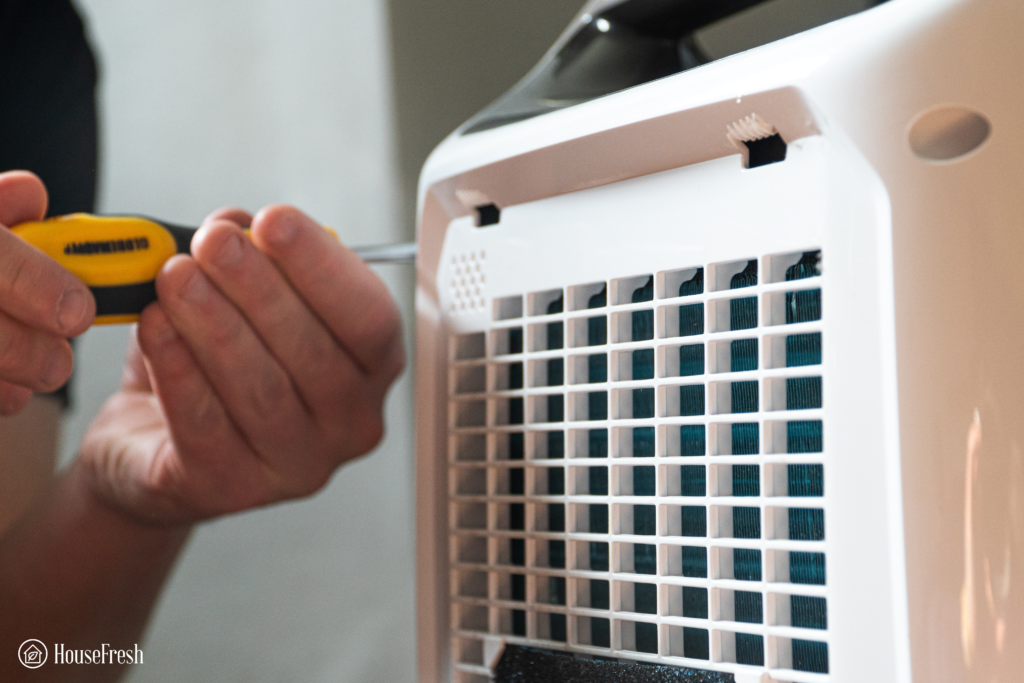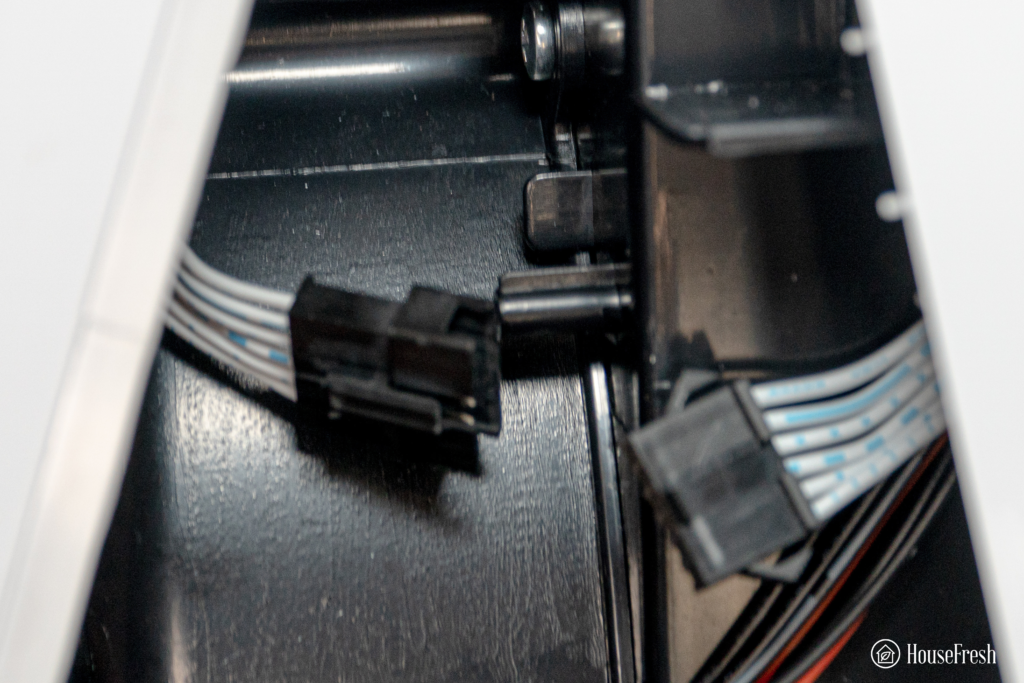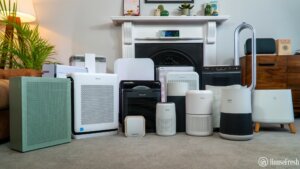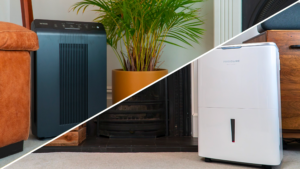By now, we all know how much a dehumidifier can help our home environment. It is particularly effective when used on a daily basis to prevent the spread of dampness and mold. One significant feature in a dehumidifier is the cooling coils, which, unfortunately, can sometimes freeze. This can result in your unit lacking in general performance. Luckily, there are a few tips and tricks to fix this problem instead of throwing the whole unit away and buying a new one.
Why does a dehumidifier ice up?
When it comes to dehumidifiers, most units give us a warning sign or indication that something’s not quite right, letting us know a bit of TLC may be required. One big sign is when the coils on your unit start to freeze up.

Freezing can be a particularly common issue among dehumidifiers, so here are a few key factors that might be causing the problem:
Factor 1: Room temperature
The temperature of your room can be the most common reason for your unit to freeze. Coils are extremely important in a dehumidifier, they operate by condensing water that drips into the water tank or is pumped away via a hose. However, this all works well as long as the temperature is high enough to do so. If the air is too cold, the water freezes instead of condenses, causing the coils to ice up and cause the problem. Most dehumidifiers tend to work efficiently at 65 degrees or above, anything lower could cause icing so you may have to keep a close eye on it.
Factor 2: Airflow
One of the less common reasons, but still probable, is that your machine isn’t getting enough air flowing through it. This usually means that the fan isn’t operating properly. With air not passing through fluently, it can cause the machine to freeze up. Whilst this issue is noticeable and can be caught early, it may require new parts.
Factor 3: Clogs or blockages
Build-up from dust and dirt is a common hindrance for dehumidifiers. If your unit is not sufficiently maintained, over time it can cause your unit to ice up. Giving the exterior, fan, coils, and filter a good clean will release a lot of the pressure these machines get put under. By allowing air to flow through more smoothly, you will decrease the risk of icing.
How to fix an iced-up dehumidifier

Here are a few troubleshooting ways to fix your iced-up dehumidifier. We’re not electricians and probably neither are you. If you feel like you’re out of your depth, please, call an expert.
Before attempting to fix any problem, first things first, always switch off and unplug your dehumidifier. Remember, your dehumidifier is frozen; moisture, water, and electricity do not mix.
STEP 1️: Clean the filter, blower wheel, and fan blade
Cleaning your unit’s filter is a very simple but necessary process. If your blower wheel and fan blade are blocked or damaged in any way your unit will suffer a huge airflow problem.
💧 Find the safest way to remove the panel covering the filter, slot the filter out carefully, and run it under hot water until you see the dirt and dust begin to disappear.
🧽 Locate the fans or blower fins within the core of your machine and give them a good clean using a slightly damp cloth.
🔍 Check for any obstruction or debris and assess that the wheel / fan spins freely and everything is firmly attached.
If there do appear to be defects within the machine, do not keep running it. Parts may need to be replaced so running it will be a waste of time and potentially hazardous to your home.
STEP 2: Check the humidity control & sensor
Humidity control operates by sensing relative humidity levels. If there is a fault with the humidity control then there are a few simple ways to detect a problem. If a humidistat doesn’t recognize or sense the correct level of humidity, the compressor in your unit will continue to run which can cause the dehumidifier coils to ice over.
🔌 Unplug your unit and open it up carefully.
🔍 Check your humidity sensor is connected to the humidity control. If the connection is slightly apart or has come apart altogether, the sensor will not be able to give the right information to the thermostat which may cause the unit to freeze.
🙌 Simply re-attach the connection and re-apply the cover.

STEP 3: Check the fan motor
In order for the fan motor to operate effectively, it needs to have an adequate amount of air blowing across the evaporator and condenser coils. If the coils are deprived of a healthy amount of air it can cause an ice build-up, therefore ceasing operation.
🧽 Remove the outer panel of your unit and inspect the coils, they may be riddled with dirt, lint, and dust build-up, so be sure to give them a good clean if required.
🤚 By placing your hand inside the core of your dehumidifier, check to see that the fan motor spins without obstruction and see if the blower wheel or the fan blade is firmly attached. You should give these features a good clean as well as it should be easy to access.
👀 Another great way to test to see if it is an internal issue is to operate the fan-only mode on the control panel and observe the fan motor.
If there is an unpleasant noise or strange hum it may be a sign that your unit is defective and might need replacing and should contact a specialist.







